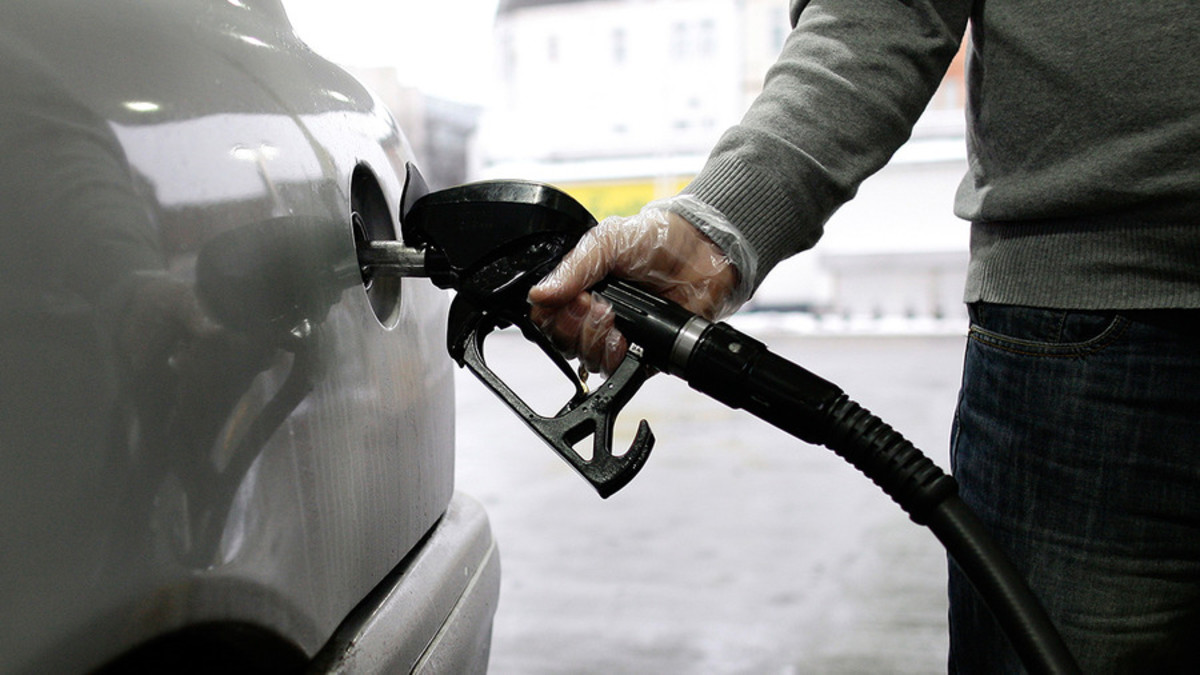
Gas prices are back on the rise with the national average climbing to $3.26 after bottoming out at $3.07 in January. According to Patrick De Haan, Head of Petroleum Analysis at GasBuddy, this jump is typical as we head into the warmer months. De Haan joined TheStreet to discuss.
Full Video Transcript Below:
J.D. DURKIN: Gas prices are once again climbing. Talk to me about some of the factors behind the recent rise. What are we seeing?
PATRICK DE HAAN: A lot of this is really kind of segueing into the seasonal rise that we tend to see, but we can't look forward without looking backward. Refinery issues have really happened over the last month and a half. Part of it really started in mid January with zero temperatures all the way down into areas of Texas and Louisiana impacting refineries, shutting some of them down. Also, an electrical outage at one of the largest refineries in the country in Northwest Indiana has caused Great Lakes prices to surge. But now we're coming into the time of year where refinery maintenance begins. That limits refineries ability to produce as much gasoline as we're starting to transition from winter to summer gasoline. And as temperatures are gradually warming up, Americans are driving more. Those three reasons typically push gas prices up starting in mid-February, and that could last through April or May.
J.D. DURKIN: Do you have an overall outlook or a long term forecast on gas prices, let's say, for the whole year for 2024, keeping in mind the price points and pressure points that we had coming into this year and knowing some of the elements of seasonality that you've already talked about.
PATRICK DE HAAN: You know, we do. In our 2024 fuel outlook, we anticipated the yearly national average would be slightly lower in 2024. We estimate a yearly national average of $3.38 a gallon. That compares to the 3.51 a gallon tally we saw last year for the yearly national average. So a subtle improvement that coming as we continue to put things like COVID and Russia's war in Ukraine into the rear view and with higher interest rates, that should keep growth contained, limiting the potential upside.







